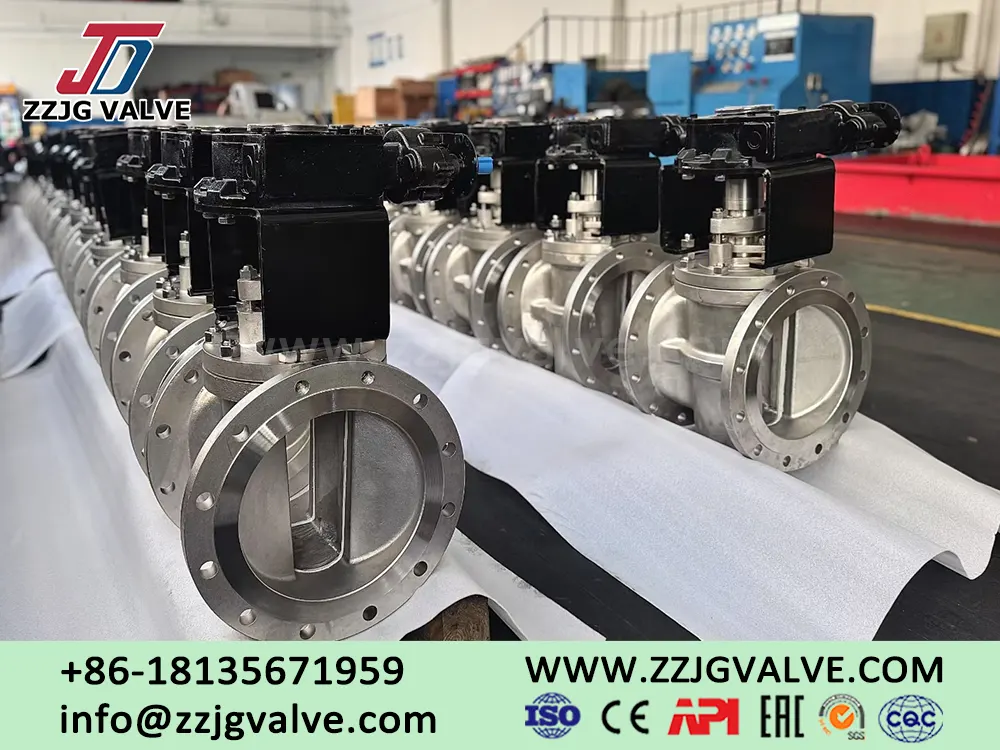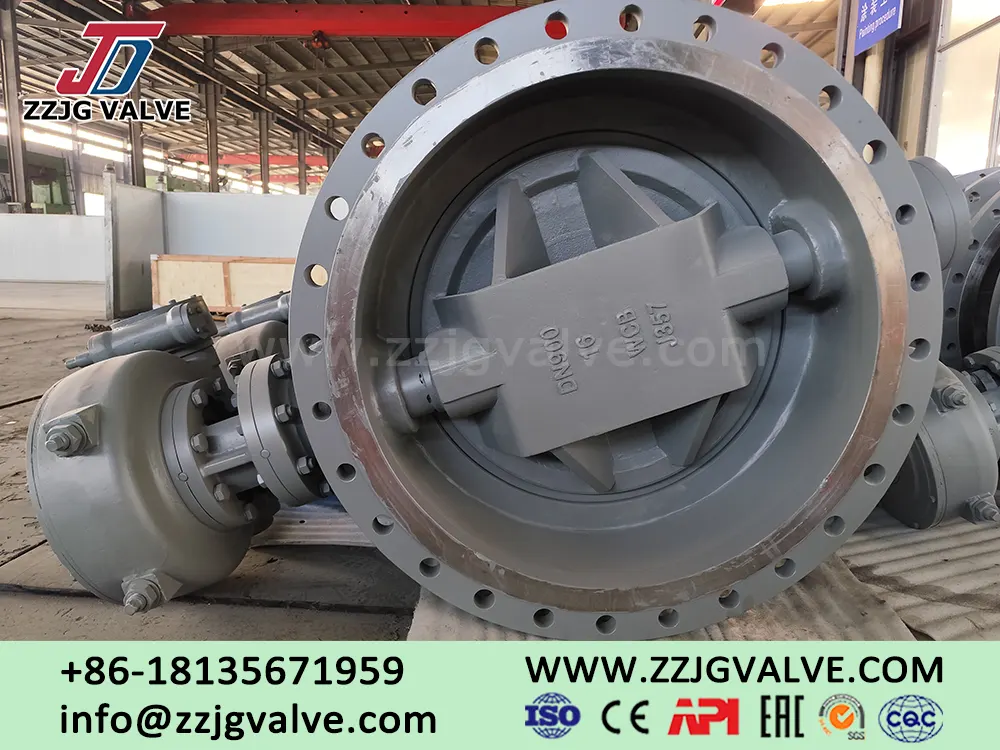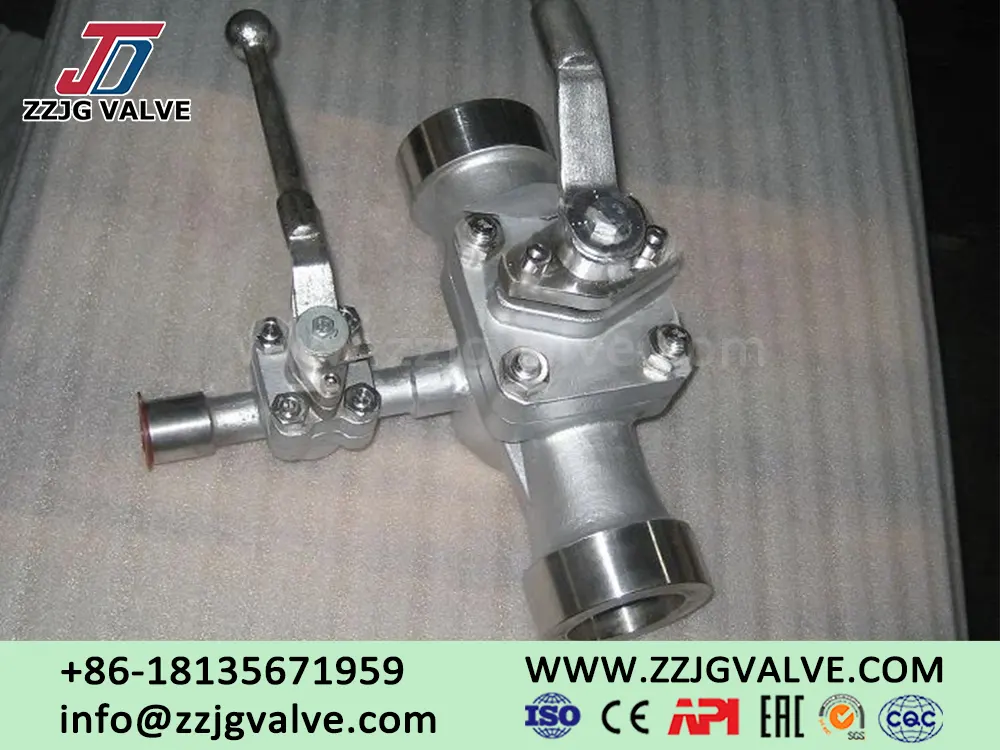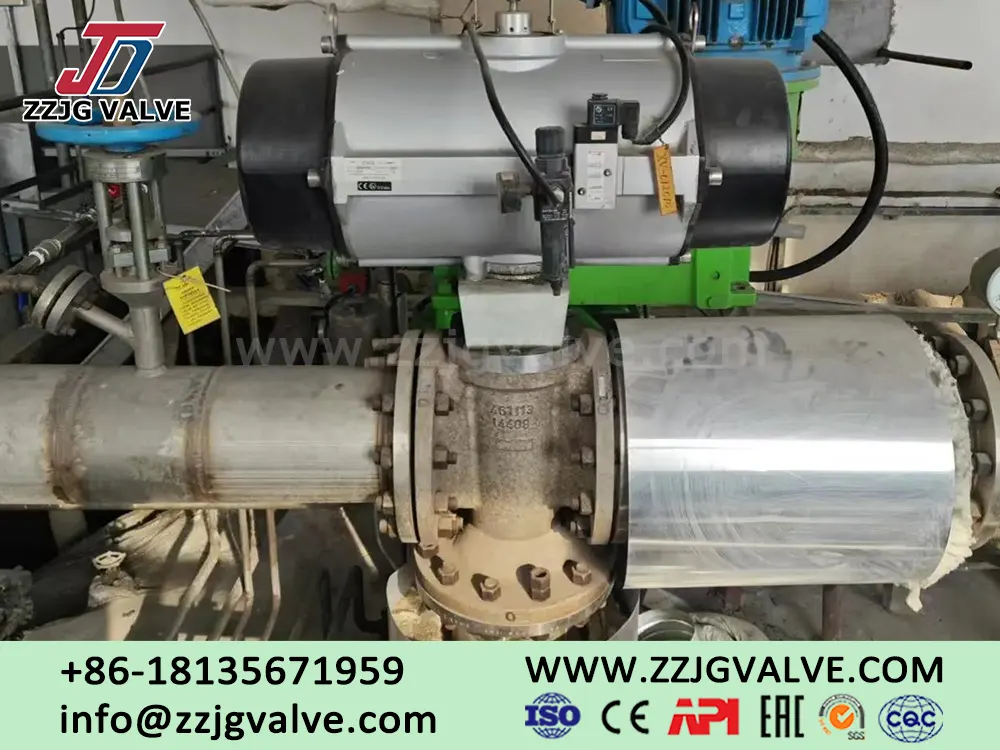The differences between triple-eccentric, double-eccentric, single-eccentric and centerline butterfly valves?
Centerline butterfly valves, single-eccentric butterfly valves, double-eccentric butterfly valves, and triple-eccentric butterfly valves all adjust their sealing and opening states by adjusting the position of the valve disc's rotating shaft.
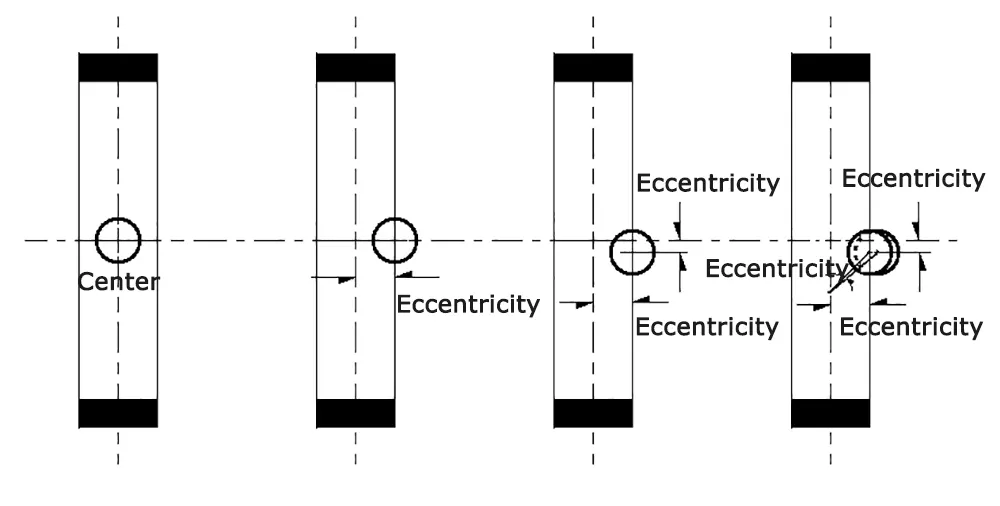
Under the same conditions, the rotation angle required for the valve disc to disengage from the seal when the valve is opened is smaller and smaller, and the torque applied to the valve at each opening angle is greater and greater.
The triple-eccentric butterfly valves: To achieve high-temperature resistance, hard seals must be used, but leakage is high; to achieve zero leakage, soft seals must be used, but they are not high-temperature resistant. To overcome this contradiction of double-eccentric butterfly valves, a third eccentricity was added to the butterfly valve. This third eccentricity means that the shape of the sealing pair is not a straight cone, but an oblique cone. The unique feature of triple-eccentric butterfly valves is that the valve on which the butterfly disc is mounted is a three-section shaft structure. The two shaft sections of this three-section shaft are concentric, while the centerline of the center section is offset from the axis of the two ends by a center distance. The butterfly disc is mounted on the middle shaft section. This eccentric structure creates a double-eccentric configuration for the butterfly disc when fully open, and a single-eccentric configuration when the disc is closed. Due to the eccentric shaft, the disc moves a certain distance into the sealing cone of the valve seat as the disc approaches closing, allowing the disc and seat to align with each other, achieving a reliable seal.

The double-eccentric butterfly valve: A further improvement on the single-eccentric butterfly valve, the double-eccentric valve is currently the most widely used. Its structural feature is that the valve stem axis is offset from both the disc and valve body centers. This double eccentricity allows the disc to quickly disengage from the valve seat upon valve actuation, significantly eliminating unnecessary squeezing and scraping between the disc and seat. This reduces the opening resistance, reduces wear, and increases the life of the valve seat.

Single-eccentric butterfly valves: To address the squeeze between the disc and seat in concentric butterfly valves, single-eccentric butterfly valves were developed. Their structural characteristic is that the valve stem axis is offset from the disc center, eliminating the upper and lower ends of the disc from becoming the rotational axis. This disperses and reduces excessive squeeze between the disc and the seat.
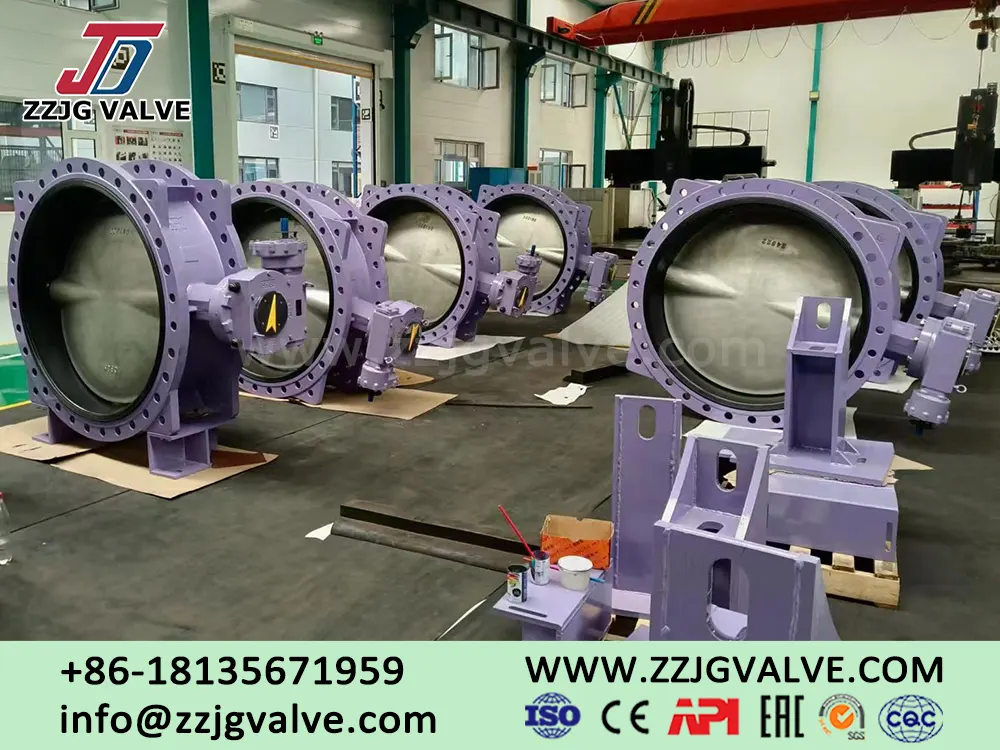
Centerline butterfly valves feature a valve stem axis, disc center, and body center aligned. Because the disc and seat are constantly in a state of squeeze and scraping, the resistance distance is large and wears quickly. Their structure is simple and convenient. To overcome squeeze and scraping and ensure sealing performance, the centerline butterfly valve seat is typically made of elastic materials such as rubber or polytetrafluoroethylene.

Berikutnya: Fluorine-lined Plug Valves VS Soft-sealed Plug Valves





